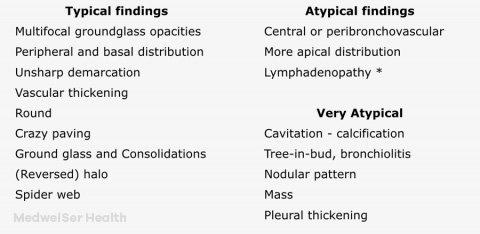Pembrolizumab significantly improved progression-free survival compared with chemotherapy among patients with microsatellite instability–high/mismatch repair–deficient (MSI-H/dMMR) metastatic colorectal cancer, according to results from the KEYNOTE-177 study.
Study Details: The KEYNOTE-177 trial included 307 patients with confirmed, untreated MSI-H/dMMR metastatic colorectal cancer who were randomly assigned to receive pembrolizumab 200 mg every 3 weeks for up to 35 cycles (n = 153) or the investigators’ choice of chemotherapy (n = 154). Chemotherapy regimens included modified FOLFOX (5-fluorouracil, leucovorin, oxaliplatin) alone or in combination with either bevacizumab or cetuximab, or FOLFIRI (leucovorin, fluorouracil, irinotecan) alone or in combination with either bevacizumab or cetuximab. Patients in the chemotherapy group could cross over to pembrolizumab therapy after disease progression.
Source: Medscape
